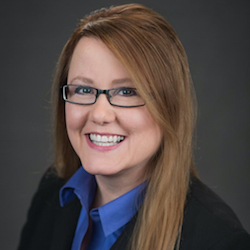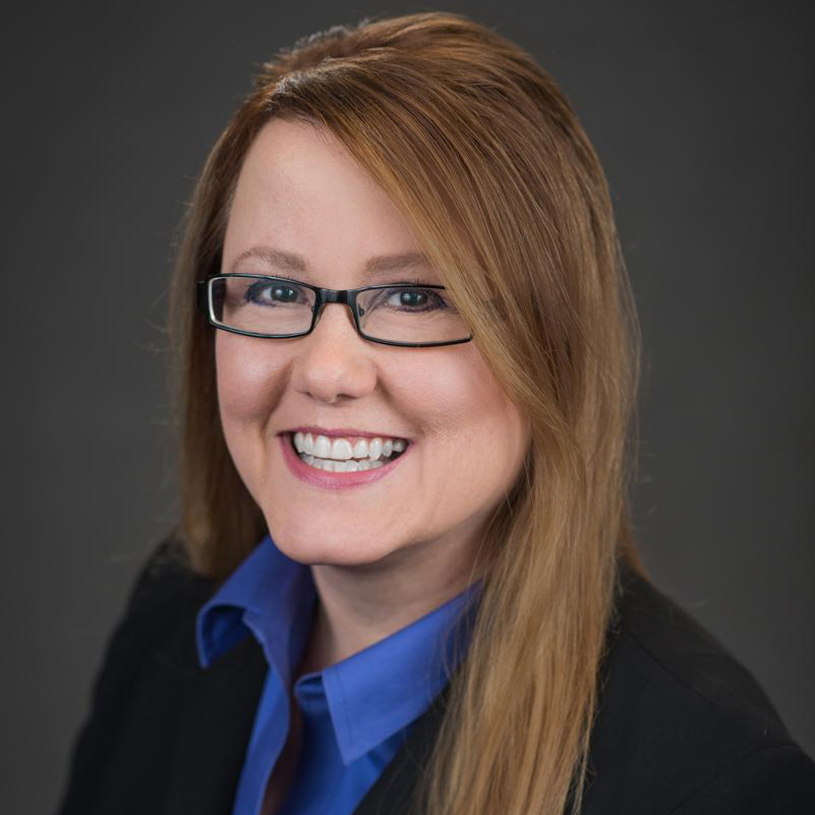

We’ve shared with you news about operators creating new communities featuring multigenerational approaches — projects where housing for older adults, younger adults and families mingles with retail and services. Places like The Stories in Rockville, MD, or Norterre in Liberty, MO.
We’ve also shared stories about senior living communities being built on or near college campuses, or existing, more traditional senior living communities welcoming college students and professional baseball players as seasonal residents. Or communities like the Scandinavian Living Center in West Newton, MA, which entice residents of the greater community with many reasons to visit.
All of these plans have been undertaken because of a belief in the benefits that both young and old experience when generations mix.
“We know how beneficial intergenerational programs can be for older adults,” Eisner Foundation CEO Trent Stamp told me. “They provide a sense of purpose and reduce social isolation, which is related to a host of medical problems.”
A poll recently commissioned by the Eisner Foundation and Generations United found that the general public believes in the positive effects of such programs, too.
In fact, more than four in five respondents to the Harris Poll said if they (85%) or a loved one (86%) needed care services, they would prefer a care setting with opportunities for intergenerational contact rather than one with a single-age group. So such an approach could be a way that operators can make their communities stand out from the crowd and rise to the top of prospects’ lists.
“For senior living communities, this is a clear way to improve the well-being of residents. And when the residents are happy, the staff is happy and the whole community thrives,” Stamp said.
The poll included 2,041 people aged at least 18 years old and was conducted between Feb. 27 and March 1.
Some of its other findings:
- 94% said that older people have skills or talents that can help address a child’s / youth’s needs, and 89% said the same about children and youth addressing the needs of elders.
- 92% of respondents said they believe intergenerational activities can help reduce loneliness across all ages.
- 74% said that “programs and facilities that separately serve different age groups prevent children / youth and older adults from benefiting from each other’s skills and talents.”
So how can senior living operators capitalize on this information?
“Partnerships with local daycares, schools and universities are a great place to start,” Stamp said.
One model discussed in the report is Collington Kendal in Maryland, where music graduate students live for free as artists-in-residence. “In return, they perform regularly and organize educational opportunities for the residents,” Stamp said.
As we’ve reported, senior living communities elsewhere in Maryland as well as in Iowa, Ohio and other states also have similar programs.
Clearly, opportunities to mix generations are becoming bigger factors in planning and programming, and reports such as this one from the Eisner Foundation and Generations United help educate stakeholders in the various possibilities, introduce the concept to a wider audience and keep the idea fresh in all of our minds.
View the full report to read about other examples of intergenerational efforts and related research.
Lois A. Bowers is senior editor of McKnight’s Senior Living. Follow her on Twitter at @Lois_Bowers. Email her at [email protected].

